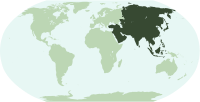
The flag of Iraq includes the three equal horizontal red, white, and black stripes of the Arab Liberation flag.
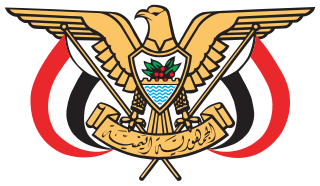
The national emblem of Yemen depicts a golden eagle with a scroll between its claws. On the scroll is written the name of the country in Arabic: الجمهورية اليمنية or Al-Jumhuriyyah Al-Yamaniyah. The chest of the eagle contains a shield that depicts a coffee plant and the Marib Dam, with seven blue wavy stripes below. The flagstaffs on the right and left of the eagle hold the Flag of Yemen.

The flag of Egypt is a tricolour consisting of the three equal horizontal red, white, and black bands of the Egyptian revolutionary flag dating back to the 1952 Egyptian Revolution. The flag bears Egypt's national emblem, the Egyptian eagle of Saladin centered in the white band.
As a result of the ongoing Syrian Civil War, there are currently two flags used to represent Syria, used by different factions in the war. The incumbent government of the Syrian Arab Republic led by the Ba'ath Party uses the red-white-black tricolour originally used by the United Arab Republic, while Syrian opposition factions such as the Syrian National Coalition use the green-white-black tricolour known as the Independence flag, first used by Mandatory Syria.
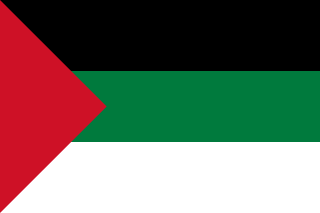
The Pan-Arab colors are black, white, green, and red. Individually, each of the four Pan-Arab colors were intended to represent a certain Arab dynasty, or era. The black was the Abbasid dynastic color; white was the Umayyad dynastic color; green was the Fatimid dynastic color; and red was the Hashemite dynastic color and also represented the Ottoman Empire. The four colors derived their potency from a verse by 14th century Iraqi poet Safi Al-Din Al-Hilli: "White are our acts, black our battles, green our fields, and red our swords".
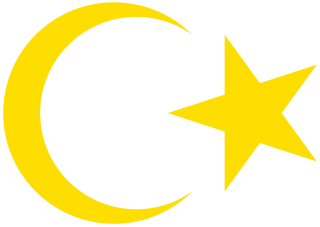
Since 2011, Libya currently does not have an official coat of arms. The Constitutional Declaration issued by the National Transitional Council on August 2011 defines the flag of Libya, but does not make any provisions for a coat of arms.
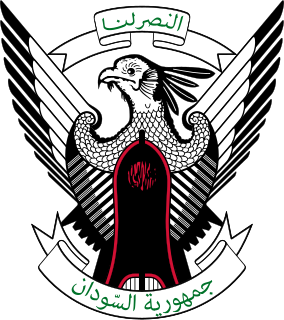
The current national emblem of Sudan was adopted in 1970. It shows a secretary bird bearing a shield from the time of Muhammad Ahmad, the self-proclaimed Mahdi who briefly ruled Sudan in the 19th century.

Jamal Al-Atassi (1922−2000) was a Syrian Arab nationalist, politician and author. He was one of the earliest ideologues of the nascent Syrian Ba'ath Party, which he joined soon after it was founded. He helped to lay out its constitution and was the man who came up with the party's motto, "One united Arab Nation with an eternal Message." He also served as chief editor of the party's daily newspaper, Al Baath.

The current coat of arms of Syria or coat of arms of the Syrian Arab Republic was adopted in 1980, following the 1977 dissolution of the Federation of Arab Republics, whose coat of arms had until then been used by its constituent states. This emblem consist of the Hawk of Quraish supporting a shield bearing the national flag of Syria, and a scroll of the words "Syrian Arab Republic" in Arabic. Since the start of the ongoing Syrian Civil War in March 2011, alternative coats of arms have been created by the Syrian opposition and the Federation of Northern Syria.

The coat of arms used by the United Arab Republic featured the Pan-Arab colours of the flag of the United Arab Republic on a shield carried by the Eagle of Saladin. Below, a green scroll has the Arabic text for "United Arab Republic" الجمهورية العربية المتحدة al-Ǧumhūriyyah al-ʿArabiyyah al-Muttaḥidah.
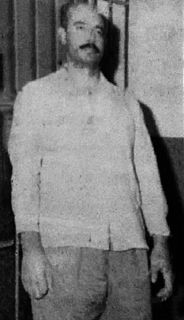
Jassem Alwan was a prominent colonel in the Syrian Army, particularly during the period of the United Arab Republic (UAR) (1958–1961) when he served as the Commander of the Qatana Base near Damascus. Alwan, a staunch supporter of UAR President Gamal Abdel Nasser, opposed Syria's secession from the union in 1961, leading two failed coup attempts to overthrow the secessionist government in 1962.
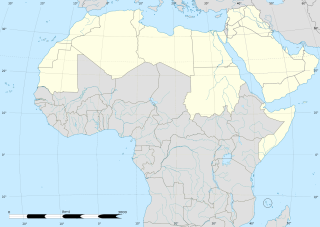
Pan-Arabism, or simply Arabism, is an ideology which espouses the unification of the countries of North Africa and Western Asia from the Atlantic Ocean to the Arabian Sea, which is referred to as the Arab world. It is closely connected to Arab nationalism, which asserts the view that the Arabs constitute a single nation. Its popularity reached its height during the 1950s and 1960s. Advocates of pan-Arabism have often espoused socialist principles and strongly opposed Western political involvement in the Arab world. It also sought to empower Arab states against outside forces by forming alliances and – to a lesser extent – economic co-operation.
United Arab Republic usually refers to

A Unified Political Command, also translated as Joint Political Command or Unified Political Leadership, was agreed in 1964 between the presidents of Egypt and Iraq as well as between the presidents of Egypt and North Yemen. Both projects were parallel but not linked with each other. The Unified Political Command was meant as a kind of transitional government which should prepare the gradual merger of Iraq with Egypt and North Yemen with Egypt in a new United Arab Republic.

The Eagle of Saladin, in Egypt known as the Egyptian Eagle, also known as the Republican Eagle, is a heraldic eagle used as a iconic symbol of Egypt. It is currently also used as part of coat of arms of Egypt, Iraq, and Palestine.






























